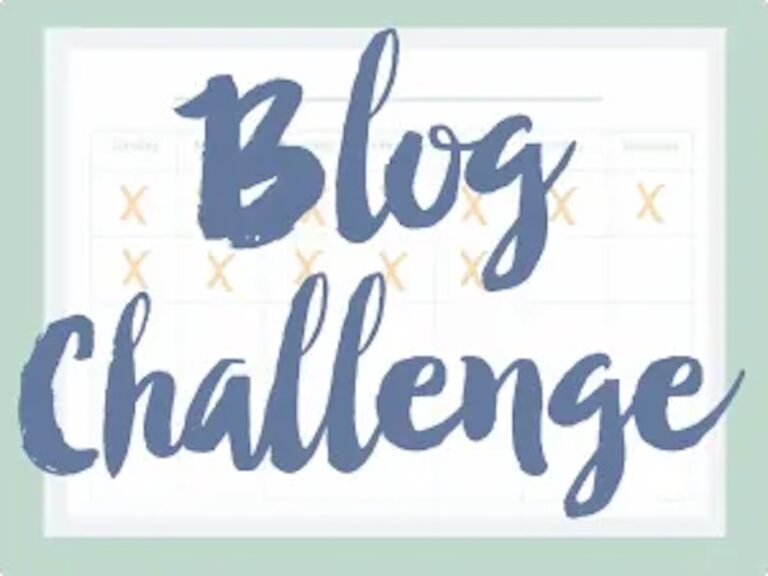Hawaiian language: what you should know before you go
If you’re traveling to Hawaii, it’s very useful to familiarize yourself with the pronunciation of the Hawaiian language and learn some Hawaiian phrases. It’s also fun!
Hawaii is one of the most unique places to visit in the United States because of the native Hawaiian culture and how important it is to everyday life here. Even for Americans, visiting Hawaii is a cross-cultural experience. Because of this, knowing a little bit about the native Hawaiian culture can help enhance your visit. It’s also a way to show respect.
It can be easy to mispronounce Hawaiian words or to confuse all the different street names that start with K, so we’ve put together a little guide.
We don’t claim to be experts in Hawaiian, however, Jedd grew up on Oahu, Michelle is a language geek, and we still spend a lot of time with family in Hawaii. With *our powers combined* (and some outside help), we try to break things down into simple rules and important phrases so you can be well prepared for your next trip to Hawaii.
* Access our free Hawaii packing checklist here *
Hawaiian Alphabet and Pronunciation
The Hawaiian alphabet has 8 consonants and the same five vowels as the English language. Each letter is always pronounced and essentially has only one possible pronunciation, so in that sense, it’s similar to Spanish.
a = ah
e = eh
i = ee
o = oh
u = ooh
A few pronunciation rules
1. In the Hawaiian language, it’s common to see the same vowel repeated (the word “Hawai’i is a perfect example of this). Often, the repeated vowel will be separated by an apostrophe (called an okina) to depict a glottal stop, but even if it’s not, you still pronounce the repeated vowel twice.
Example: Alii is a 3-syllable name pronounced ah – LEE – ee
2. Unlike in English, where two vowels can sometimes morph together to create a single sound (like book, eat, and pause), Hawaiian vowels might blend with each other, but technically you’re still saying each vowel’s original sound.
Example: Mauka
The “a” and “u” come out sounding like “ow” as in “ouch” only because you’re saying “ah” and “oo” back to back.
3. The only thing to note with the consonants is that “w” is sometimes pronounced as a “v.” The rule is to pronounce it as “v” when following an “i,” “e,” and sometimes “a” – though this is not always followed by the general population.
4. When pronouncing Hawaiian words, the strongest emphasis is on the second to last syllable. If there are only two syllables in the word, that means the first syllable is emphasized. If it’s a compound word or has the okina (glottal stop) breaking it up, you might emphasize the second to last syllable in each “section” of the word but the heaviest emphasis tends to be on the final second-to-last syllable.
(The only exception we can think of for this “rule” of syllable emphasis is Waikiki, which people pronounce Why – kee – KEE, emphasizing the last syllable.)
5. A final thing that can help with pronunciation is that every word and every syllable in the Hawaiian language ends with a vowel. So if you have a really long word, you can break it up into syllable chunks:
Example: Kalanianaole
Ka – la – ni – a – na – o – le
Kah – LAH – nee – ah – nah – *OH* – leh
(Note this is a compound word, so the first emphasis is on the second to last syllable of kalani, meaning “heaven,” but the stronger emphasis is on the second to last syllable of the whole thing.)
6. The H is never silent in Hawaiian language. In this guide, we are using an “h” following some vowels solely to demonstrate the pronunciation of short vowels.
How to pronounce Hawaiian words, streets and places on Oahu
You’ll run into the Hawaiian language often when you’re traveling around the island because most streets and towns have Hawaiian names. Learning how to pronounce these place names properly can save you some confusion and embarrassment.
One of our favorite examples is the highway in the sign above. At first glance, it might seem as though you’re repeating the English word “like.” Below you’ll find the real Hawaiian pronunciation of this and other common places on Oahu:
Like Like LEE – keh LEE – keh
Honolulu Hoe – noh – LOO – loo (Hah – nah – LOO – loo is more commonly heard)
Ewa EH – vah
Kailua KA ee – LOO – uh (sounds like: Kigh – LOO – uh)
Kaneohe Kah – neh – OH – heh
Haleiwa HAH – leh – EE – vah
Ko’Olina Koh – Oh – LEE – nah
Hana’uma Hah – nah – OO – mah (will sound like Hah – NOW – mah when said quickly)
Punahou POO – nah – hoe (actually, most locals pronounce the u as though in “put” PUH – nah -hoe)
How to pronounce Hawai’i and what it means
The name “Hawai’i” is pronounced in three syllables.
As mentioned in the rules above, natives pronounce the “w” as a “v” sound, though other locals use a traditional English “w” sound. In “Hawai’i”, the w, a, and i are combined in a triphthong (oo-ah-ee) which sounds like the English word “why.”
You will likely hear native Hawaiians refer to the island and state name as Hah-VIE-ee, though many people have adopted the “w” sound and Hah-WHY-ee is the common pronunciation.
The name resembles three Hawaiian words: ha (breath), wai (water or life force), and ‘i (supreme). However, the true origin of the name Hawai’i is uncertain. For example, another theory combines hawa (homeland) and ii (small but raging).
Common Hawaiian Words You May See

Aloha = Hello/goodbye. Ah – LOH – ha
Mahalo = Thank you. Mah – HAH – loh
Wahine = Woman. Wah – HEE – neh
Kane = Man. KAH – neh
Mauka = Toward the mountain. MOW – kah
Makai = Toward the sea. Mah – KA ee
Lanai = Porch or veranda. La – NAH – ee (will start to sound like La – NIGH)
Kama’aina = Locals. KAH – mah – *AH ee* – nah (a + i starts to sound like “eye”)
The video below is an intro to Hawaiian words by the star voice of Disney’s Moana. This is a fun way to familiarize yourself with Hawaiian language pronunciation, and she does share a few of the words we’ve mentioned above and in the next section.
Hawaii Slang
Hawaiian pidgin is a creole form of English and a whole language (or dialect, depending on your viewpoint) unto itself. It is separate from the native Hawaiian language, though it is spoken by some native Hawaiians as well as non-native people.
The typical Honolulu dweller speaks plain American English – though you’ll likely notice an accent and a few slang words thrown in. These slang words are derived from Hawaiian pidgin and the native Hawaiian language.
Here are some of the more widely used Hawaiian slang phrases:
All pau = All done. All POW
Howzit? = How is it going?
Da kine = the stuff/kind (this is a filler word, equivalent to “whatchamacallit”)
Ono = delicious/tasty
Haole = white person
Grinds = food
Pupus = hors d’oeuvres. POO – poos
A final note
We just want to say that we’re really glad you’re making the effort to learn about the language and culture of Hawaii. Although it is really helpful to be able to recognize these phrases and know how to pronounce Hawaiian words, please know that visitors are not expected to use the slang.
If you are an expert in Hawaiian language and feel that we could better explain something in this post, kindly let us know so we can update this article with more accuracy. Our goal in making this guide was to be as helpful and respectful as possible so we appreciate any help. Thanks!








